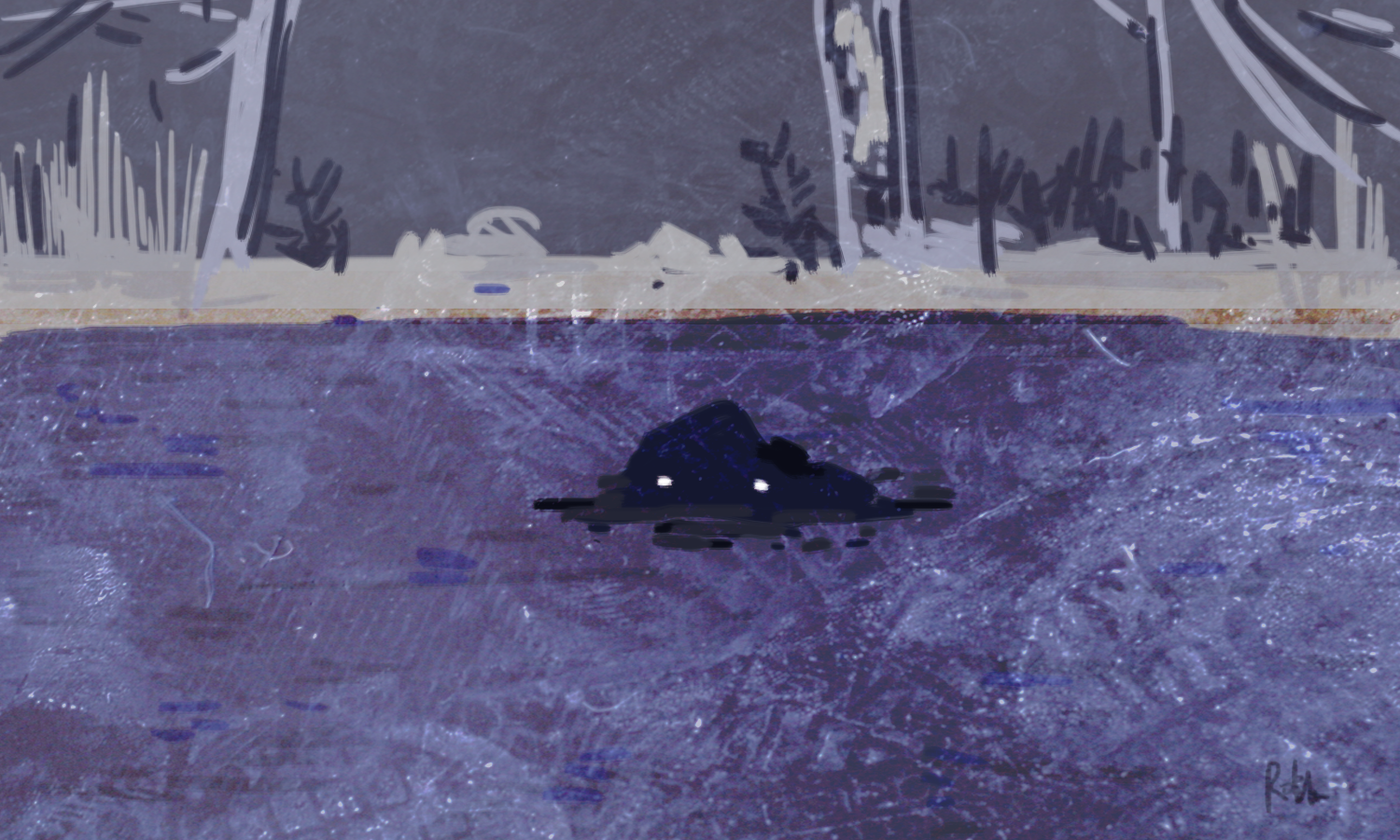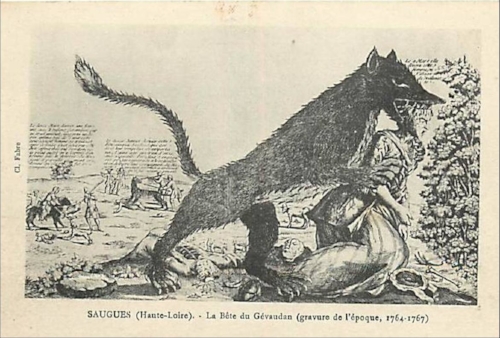The Bunyip - Guest Article by Slapped Ham
We’ve all heard of the Yeti and the Sasquatch. However, have you ever heard of the Bunyip? This relatively obscure cryptid originates in Indigenous Australian folklore and has been haunting the country for centuries. It most often shows itself in south-eastern Victoria, New South Wales, and South Australia, but its legend is more widespread.
The Bunyip
The term ‘Bunyip’ comes from a word that can be translated as ‘devil’ or ‘evil spirit,’ and the creature lives up to its name. It is known to lurk in wet areas, such as swamps and river beds. Over the years, there have been numerous descriptions of its physical appearance. The earliest describe it as a humongous starfish. However, in later sightings, it is described as a horrifying amalgamation of creatures with a dog’s face on a crocodile’s head, dark fur, a horse-like tail, flippers, and walrus tusks or a duckbill. Some who have spotted the creature claim it is covered in feathers or even crocodile scales, and others describe a freakishly long neck. Most accounts claim that it can be up to 13 feet in length, that its countless eyes resemble apricots, and that it emits a horrid, booming cry before attacking; a cry that has the power to paralyze its victims.
Along with its fearsome physical attributes, the stories of the creature terrorizing those who encounter it are truly disturbing. According to the legends, women, children, and livestock who get too close to the water in the dark of night can be gobbled up by the monster. It has long, sharp claws, but prefers to wrap victims in its arms and squeeze them to death in a gruesome embrace. Some also believe that the Bunyip has the ability to change the temperature of the water and to hypnotize humans to make them its slaves.
There are numerous theories about the origin of this cryptid. The most prevalent story claims that Bunyip was once a man who broke the most sacred law of the Rainbow Serpent by eating its totem animal. As punishment, he was banished and transformed into an evil spirit, destined to prey on his former tribesmen.
Not everyone believes that the cryptid is a bloodthirsty monster. According to some, it is a benevolent and gentle creature that protects Australia’s wildlife. However, the sightings of the creature don’t always paint such a peaceful picture.
Sightings
The Bunyip has been part of Indigenous folklore for centuries. However, the first modern glimpses of the creature were recorded in the early 1800’s.
As with many creatures, the first encounters with the Bunyip came in the form of fossils. In 1818, Hamilton Hume and James Meehan came across a large animal skeleton, unlike any animal they had ever seen. They didn’t call the creature a Bunyip, but their descriptions bear a strong resemblance to the mysterious cryptid. Then, in 1830, George Ranken discovered large animal fossils in the Wellington Caves, which he described as belonging to "some quadruped much larger than the ox or buffalo."
Next, in 1847, a man brought a strange skull to a museum, claiming that it was the skull of a Bunyip. Researchers at the museum began to study the skull, hoping to prove that it belonged to an ordinary creature. However, only a few days after the skull arrived at the museum, it was stolen, preventing any further research into its origins.
Finally, in 1821, Australia saw its first account of a live Bunyip sighting when a man named E.S. Hall spotted a creature with jet-black hair early one morning in a marsh running into Lake Bathurst South in New South Wales. Then in 1827, a group of settlers near Narrandera claims to have seen a Bunyip crawling out of a lagoon. According to their account, the creature had dark hair, fitting with other accounts of the cryptid. The next year, the Bunyip was spotted again in Dalby, described as having the head of a seal, a fish-like tail, and one small fin and one large fin.
The same year that a Bunyip skull was delivered to a museum, in 1847, a young shepherd claimed to have spotted the creature. He stated that it was dark brown with a long neck and a pointed head. He also saw large ears that visibly moved when the shepherd made a noise. When the creature turned, the man saw that it had large tusks and a long mane. He later found the creature’s tracks in the mud. He described the tracks as broad and square.
In 1852, Charles Headlam was rowing across Great Lake in Tasmania when the boat almost collided with a Bunyip before it swam away. Not long after, in 1857, Edwin Stocquelerwas traveling on the Murray and Goulburn rivers when he spotted unusual specimens along the riverbanks. He made sketches of the creature that were widely publicized and believed to represent the Bunyip.
The last recorded sighting of the creature occurred in 1890. A local in New South Wales claims to have seen a Bunyip with white fur near a lagoon. He shot the creature; it responded with a loud grunt before disappearing into the lagoon.
Possible Explanations
Some scientists have suggested that the legend of the Bunyip comes from a time when seals made their way to the rivers of Australia. However, the descriptions of the creature have little in common with ordinary seals.
Others believe that the Bunyip is a perfectly normal creature that has yet to be discovered by scientists, such as the prehistoric marsupial Diprotodon Australis, which supposedly went extinct 46,000 years ago. However, believers are reluctant to attribute the bizarre Bunyip sightings to any ordinary animal.
Whatever the origin, the Bunyip has become a staple of Australian mythology. Many still fear walking through a wetland at night, listening for its distinctive cry.
The above article was written exclusively by and is property of Kallen, owner of the website ‘Slapped Ham’. Slapped Ham has been covering all things strange, mysterious and creepy for well over 5 years. Along with the website, they also have a popular Youtube channel that has been recognized for their eerie, binge-worthy content. Kallen has given his permission to share the above work on The Pine Barrens Institute. For specific questions regarding the above work, please head over to ‘Slapped Ham’ and contact the author.
-The Pine Barrens Institute
Image Credit: Google Image Search




